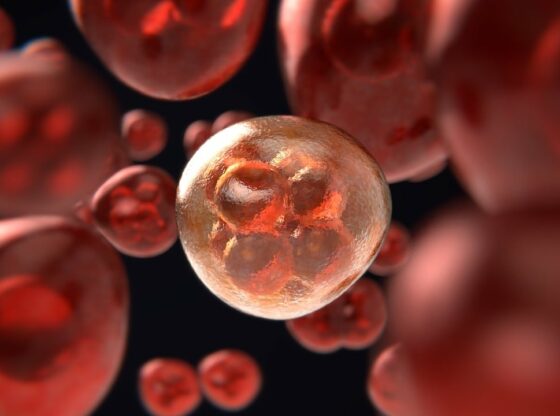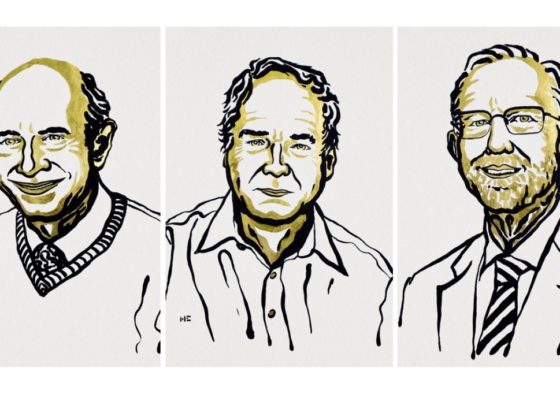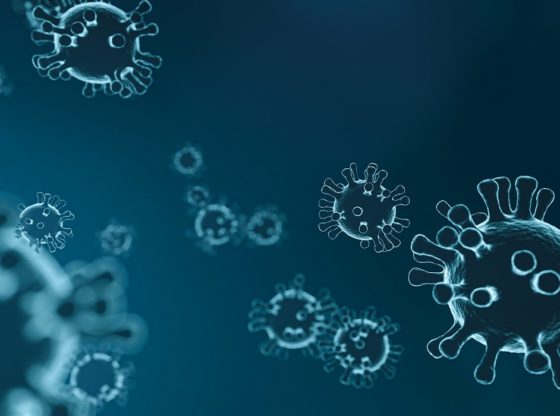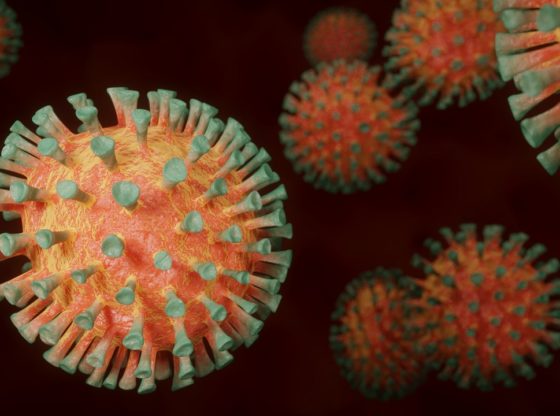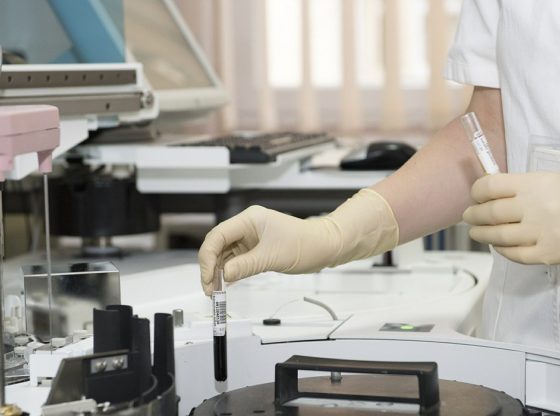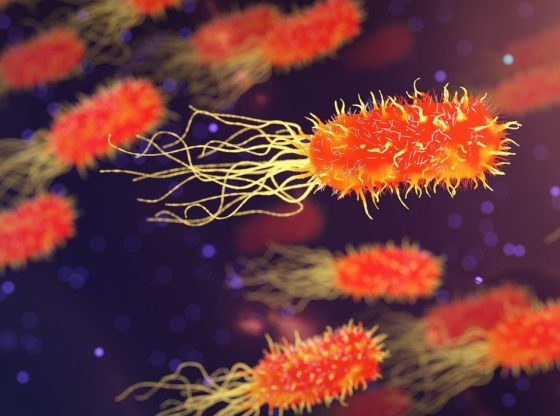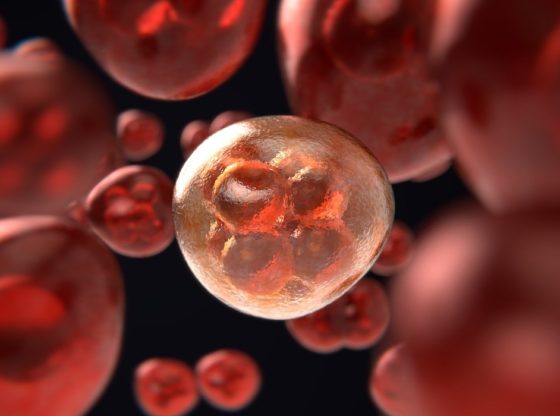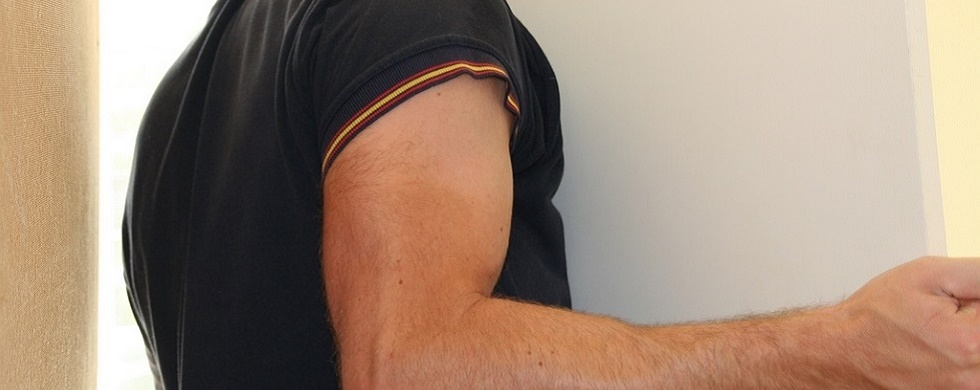
Those who have more than 11 moles (also known as liver spots, age spots) on one arm are at a higher risk of skin cancer.
Counting the spots can be a great way for doctors to identify those who are at a higher risk according to the researchers behind the new study.
The researchers have been examined 3,594 female twins, and then extended with 400 men and women with skin cancer, and could see that those women who had more than eleven liver spots on her right arm were at a higher risk to have over 100 spots in total on their entire body.
About 20% to 40% of melanoma is thought to arise from pre-existing moles, and having more than 100 moles on the body is a “strong predictor”. In fact, having more than 100 spots signals five times the higher risk of skin cancer.
The research study was funded by the Wellcome Trust, and done at St Thomas’ hospital in London.
Lead author Simone Ribero, of the department of twin research and genetic epidemiology at King’s, said: “The findings could have a significant impact on primary care, allowing GPS to more accurately estimate the total number of moles in a patient extremely quickly via an easily accessible body part. This would mean that more patients at risk of melanoma can be identified and monitored.”
The study has been published in the British Journal of Dermatology.
______________
Prediction of high naevus count in a healthy UK population to estimate melanoma risk
____________________________

